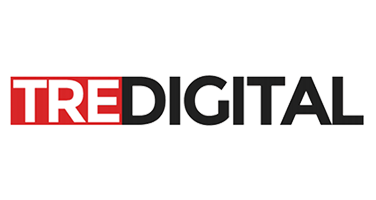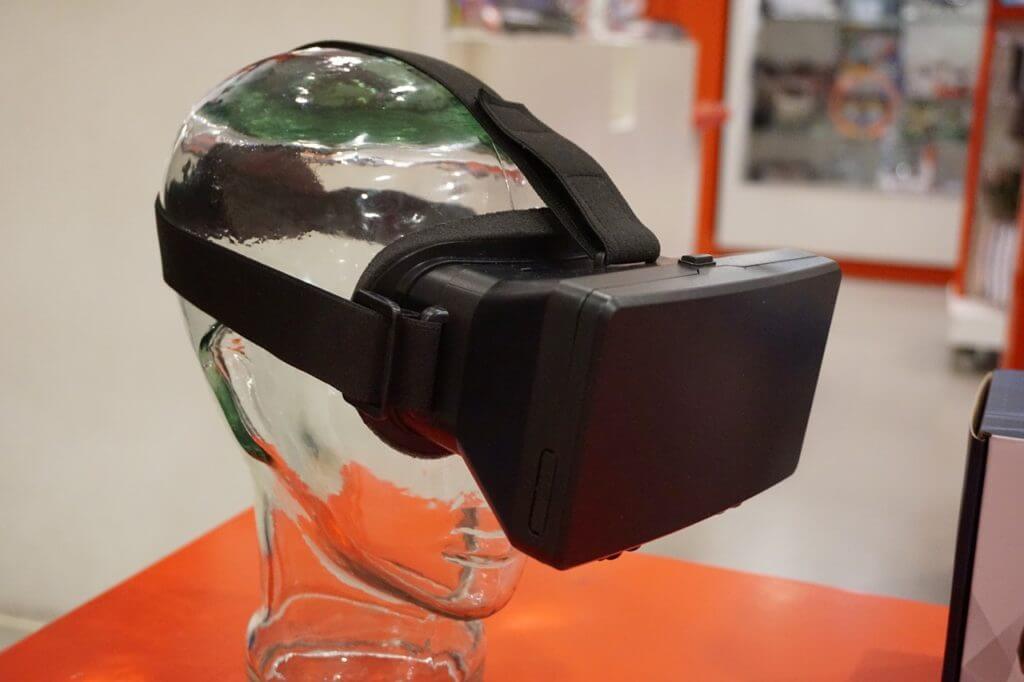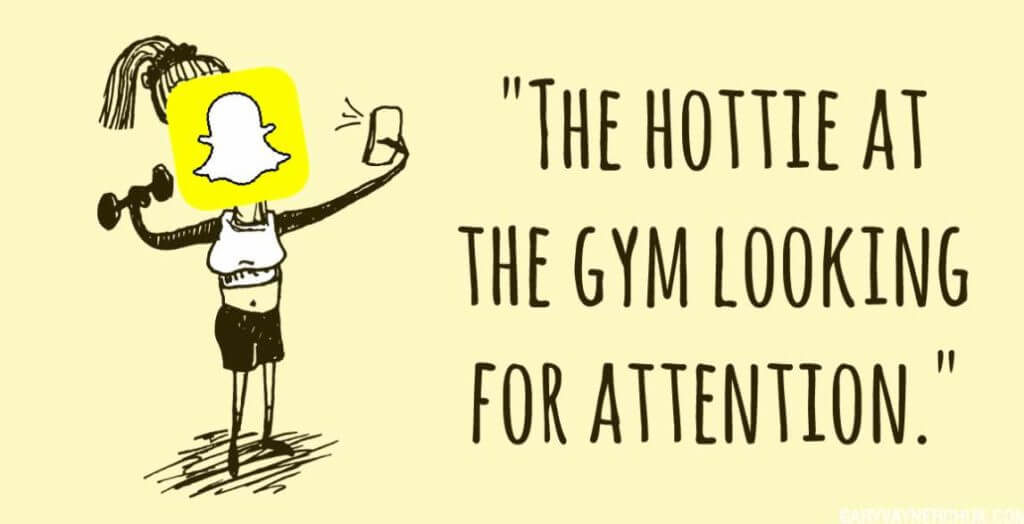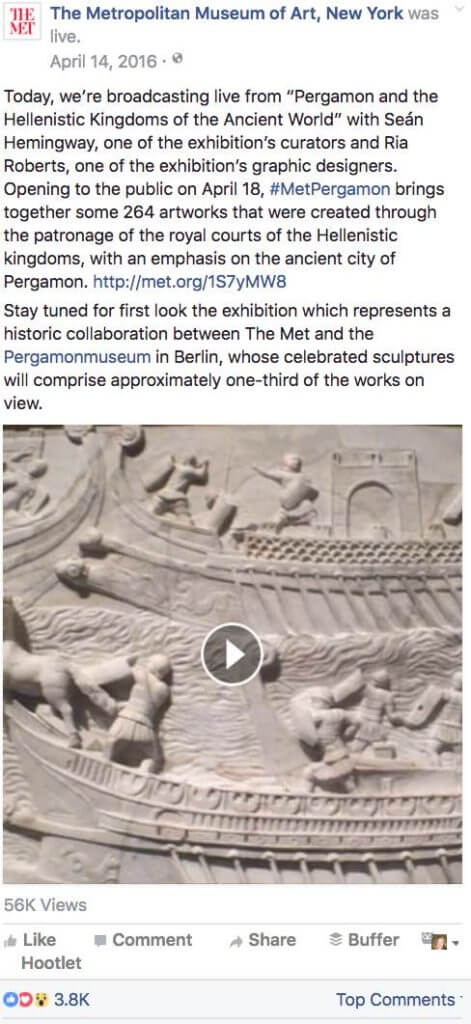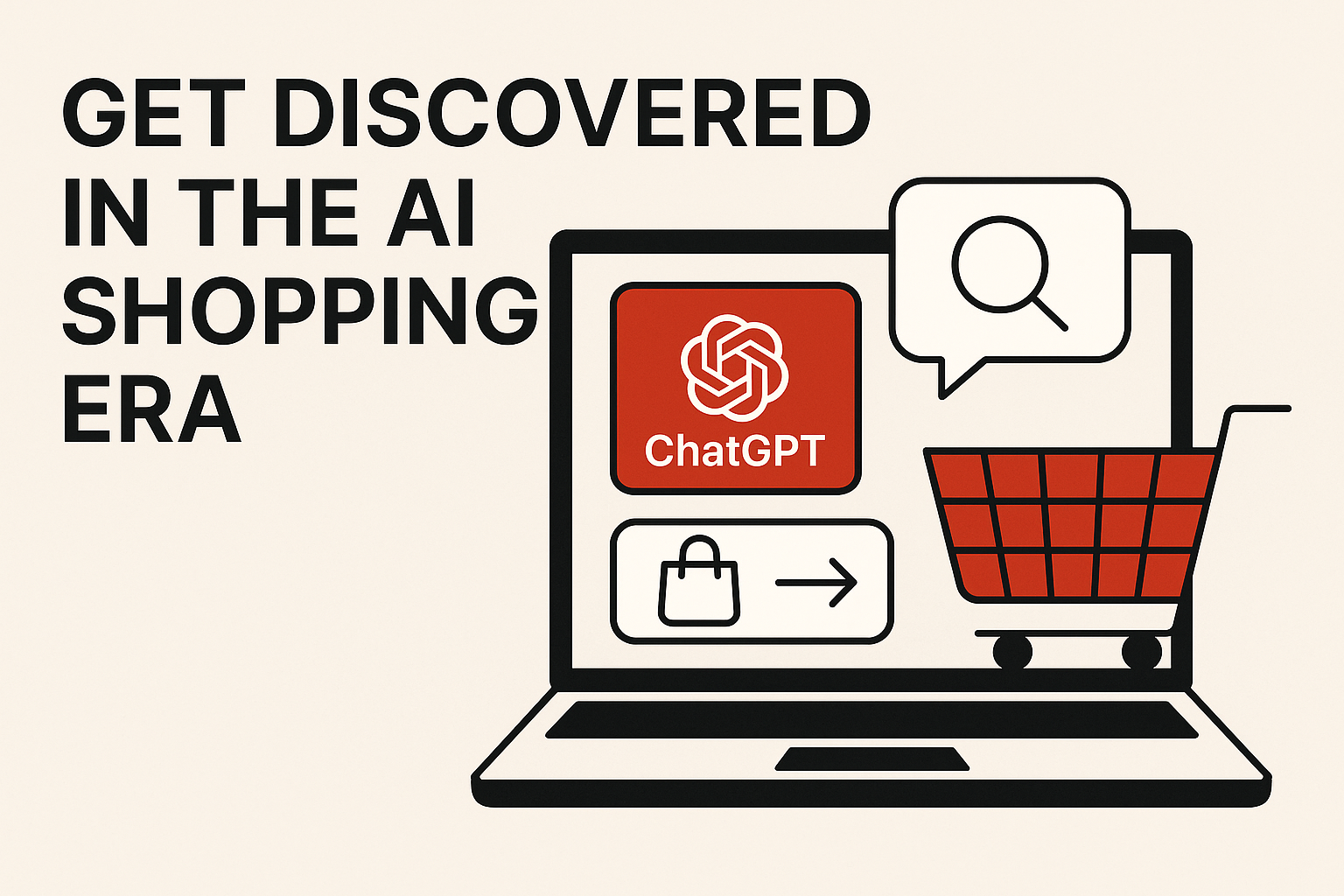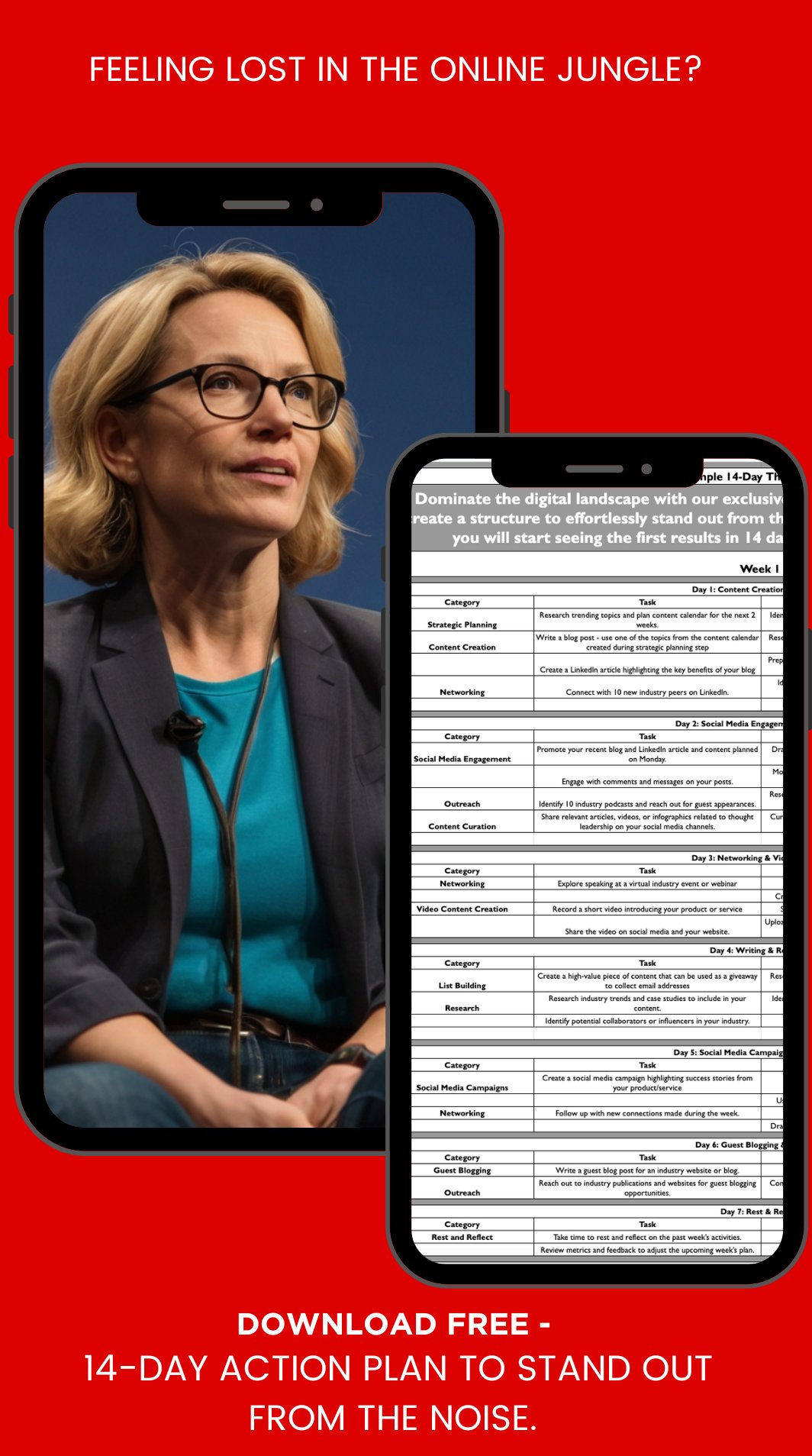Every 10-15 years technology completely changes our lives.
TV, Computer, Internet, Microwave over, smartphones – can you imagine our lives without them?
This change does not happen overnight. Technology exists for a while waiting for a simple modification to give it mass appeal before it spreads like a wild fire.
Did you know that the first smartphone was actually invented in 1992? It took 15 years and Steve Jobs for the smartphones to changed the way we communicate, consume information, shop, listen to music, interact with video, and more.
In 2017 we will see many technologies reaching this critical “tipping” point. Expect a number of significant changes in many aspects of our lives, and consequently, marketing.
Table of Contents
ToggleVideo
Video is already a major part of the marketing mix for many brands.
While YouTube still dominates the video space with 300 hours of videos uploaded every minute, we are starting to see a decline in the YouTube dominance. Many other video platforms and technologies are emerging as leaders in the space.
Video is also taking a prominent position in the social media: over 50% of all social media posts in 2017 are expected to be video.
Snap(chat) and Instagram Stories.
Snapchat and Instagram Stories own the short video space. These were initially intended to showcase Influencers as brand. Many Influencers rely on stories to capture “on the go” moments and showcase their luxury life style.
The short “consumable” format of the stories makes it easy to watch. Snap spectacles added the “cool” factor to Snapchat and made video creation a lot easier.
I am starting to see many successful clothing and fashion brands turning to stories. They rely on stories to build trust with their consumers and showcase their latest products.
However, there is an ongoing debate on whether Instagram stories are more effective than Snapchat and visa versa. Nike claimed reaching 800,000 views over 24 hours for their Instagram campaign while Snapchat only received 66,000 views. Other brands swear by Snapchat.
Stories will help your brand create deeper connection with your consumers. If you are debating whether to use Snap or Instagram, think about the type of the consumer you are trying to reach. Each video platform has its unique audience and persona.
Instagram will serve you well if you go from broader reach and Snapchat will attract younger, hipper crowds to your brand.
Livestreaming
With Vine and Blab no longer in the picture, Facebook Live is the clear winner of the live streaming game. After all, it is hard to compete with 100M hours videos watched daily.
Fashion and cosmetic brands were the first to pioneer Facebook Livestreaming. Since then many other established brands took live video head on.
One of my favorites is the live video from Metropolitan Museum of Art.
The Met is broadcasting live from their amazing collections, hosting exciting Q&A session, and giving their visitors’ pre-view tours for upcoming exhibitions.
Facebook’s 2-person Livestream exponentionally expanded the number of ways you can use live video in your marketing campaign.
Consider livestreaming your events, creating expert interview series, sharing updates on the latest features you are releasing.
Virtual Reality, Augmented Reality and 360-degree video
Pokemon Go explosive growth last summer gave us a crash course in Augmented Reality. As thousands of people around the world chased Pokemons, the local marketing game was changing forever.
Gear VR, Google Cardboard and Google Daydream brought Virtual Reality to the masses. This year, we will see more and more VR, AR and 360-degree video powered experiences in all aspects of our lives
Many brands also embraced VR and quickly integrated it into their marketing mix. Equipped with 360-degree cameras brands take digital storytelling to a brand new level.
The New York times released a series of virtual reality films and distributed millions of Google Cardboard headsets to their subscribers to participate in the experience.
Many social media platforms are serious about introducing integrated 360-degree video experience. Twitter is revamping their entire video strategy for 2017 with some big bets.
Consumer brands have a strong visual appeal and will benefit the most from the advances in the VR technology. But do not discount VR for the B2B and thought leadership brands.
Demonstrating product features, immersing consumers into aspirational lifestyles, and creating excitement about events are just some of many ideas for using VR in your marketing mix. Immersive video introduces a big opportunity to articulate your company mission and to showcase your unique story.
2- Deep personalization and specialization
Our brains are overloaded with information and shut out the generic noise. We crave experiences that are more personalized, integrated and tailored to our unique preferences.
Marketers who understand how to create these experiences will succeed in cutting through the noise.
Highly-Personalized Marketing.
Personalization is no longer optional for brands, it is a requirement. Email sequencing and advanced deep segmentation have been around for a while.
In 2017, we will start to see a shift towards “minority-report” like personalization. Over 5.1 M of us already put Amazon Echo into our homes – While we chit-chat with an AI-powered Alexa, data about everything we do, say, and buy is aggregated via a machine learning algorithm.
More personalization and with it, more tracking, will come in 2017.
Carnaval Cruises is testing this approach via their “cruise of the future.”
Each of the cruise passengers will become a part of a highly immersive Internet of Things experience. The “Medallion” you wear on their wrist will customize each aspect of you cruise, from crew knowing your name to your favorite drink appearing anywhere you are at moment’s notice.

The truly personalized experiences require billions of dollars to implement and are still futuristic. In the interim, you can start introducing more accessible personalization strategies such as Dynamic content, behavior-based segmentation, and look-alike segments.
Human-free experiences.
Robots are taking over the world with self-driving cars, cashier-less Amazon Go stores, and 90% human-free Chinese factories
Soon you will be able to get anywhere and buy anything without ever interacting with a human.
Your phone once again becomes the tracking point for your digital persona. The data is shared across many brands as a digital dossier on you. It enables marketers to precision target and push personalized digital messages to you at all times.
More robots does not mean fewer jobs. It does mean a need for more specialized and knowledgeable humans to direct the robots.
It is as an opportunity to position your brand (whether it is your own thought leadership or your physical brand) as highly specialized via elevating your skills, messaging, stories, and experiences you generate.
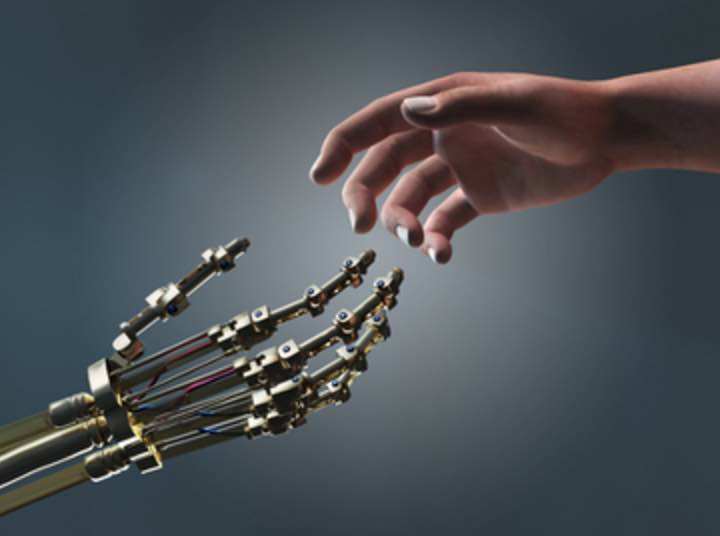
Chatbots
Chatbots are the future of communication. They bring the largest wave of innovation in consumer behaviors and marketing.
Chatbot Magazine defines chatbot as a”service, powered by rules and sometimes artificial intelligence, that you interact with via a chat interface”.
Some chatbots, such as Siri and Alexa, serve as your virtual assistants; while others, built on top of messenger apps, are designed to assist you with specific tasks.
Messenger-based chatbots are the marketer’s Holy Grail.
These Chatbots take the personalization, machine-learning and human-free experiences to the next level. Marketers can now execute campaigns via messenger, one of the most powerful and fast-growing open communication platform.
- Number of mobile messages is projected to increase from 7 trillion in 2012, to 28.2 trillion
- Messenger open rates of 98% trump 22% email open rates
- Over 75% of global internet users utilize mobile messaging
While the initial wave of chatbots has been nothing but a simple rule-based experience, we are starting to see highly sophisticated chatbot experiences.
You can use chatbots to order pizza, get score updates for your favorite NBA team, and event talk to the AI-powered therapist.
In 2017 we will continue to see more brands embracing chatbots for all aspects of customer service and marketing. Some Chatbot pundits even predict website and mobile app demise driven by mass Chatbot adoption.

3 – Influencer marketing and the rise of micro-communities
Brands are bombarding consumers with bigger, better, more personalized, and more timely messages.
To avoid information overload, consumers opt into smaller, more relevant niche networks. These networks create pockets of highly-engaged target audience. Influencer Marketing and Micro-Communities serve as vehicles of connecting you with the consumers already seeking your message.
Influencer Marketing
Influencer Marketing is not a new concept, Wedgwood China introduced it via the Royal Family celebrity endorsements back in the 18th century.
However, Influencer Marketing is in the same stage social media was 10 years ago: Brands do not fully understand, they only know they want it.
There are not many standards in either success measurement or approaches to Influencer Marketing.
While studies show that Influencers can increase engagement 10x and drive B2B credibility boost, ROI in the retail space is frequently hard to measure accurately.
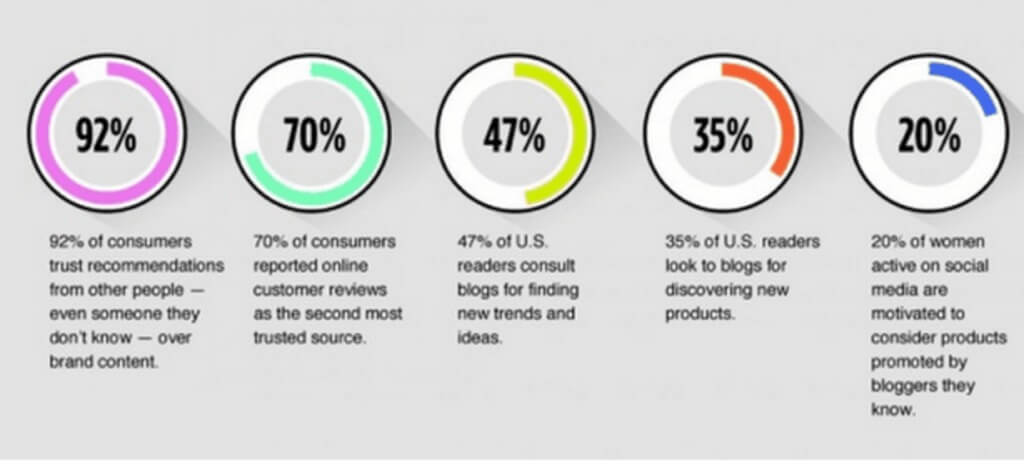
In 2017, Influencer Marketing goes to the whole new level with the predicted increase in marketing budgets.
The main difference is the introduction of the standards and automation of efforts.
With the introduction of the Programmatic ad buying technologies, brand will be able to purchase viewable impressions vs. simple link placement or post placement opportunities offered today.
The programmatic buying, however, will not replace the organic relationships with the Influencers. Organic Influencer marketing delivers a significant ROI lift especially in the long run.
Elevating your brand’s status as an industry influencer is another form of Influencer Marketing. It generates similar benefits without having to invest into paid relationships.
Micro-Communities and Niche Social Networks
Facebook, Instagram, LinkedIn and many others, continue to dominate marketing budget, but their audience growth and engagement are significantly plummeting. Some platforms see growth down 93% and engagement down 70%.
Based on my recent experiments, one successful post on Reddit delivers 10x traffic of an average Facebook post. Polyvore drives up to 1/3 of the entire ecommerce traffic for a fashion site, and LinkedIn Groups deliver a significant credibility boost.
Many brands are starting to rely on the Niche Networks and see as much as 75% of their referral traffic coming from them.
The Micro-Communities are all about engagement. You cannot use the same Facebook approach to marketing: invest time in cultivating relationships with the participants before stating to post promotional content.
CONCLUSION
2017 brings the next wave of technology revolution. It will result in dramatic change in consumer behavior. Embrace the technology and look for opportunities to create more personalized experience for your consumers. Furthermore, invest time into elevating your own skills and positioning yourself as the thought leader in your industry.
When the AI and chatbots do come to take your job, you will be ready for that change.
